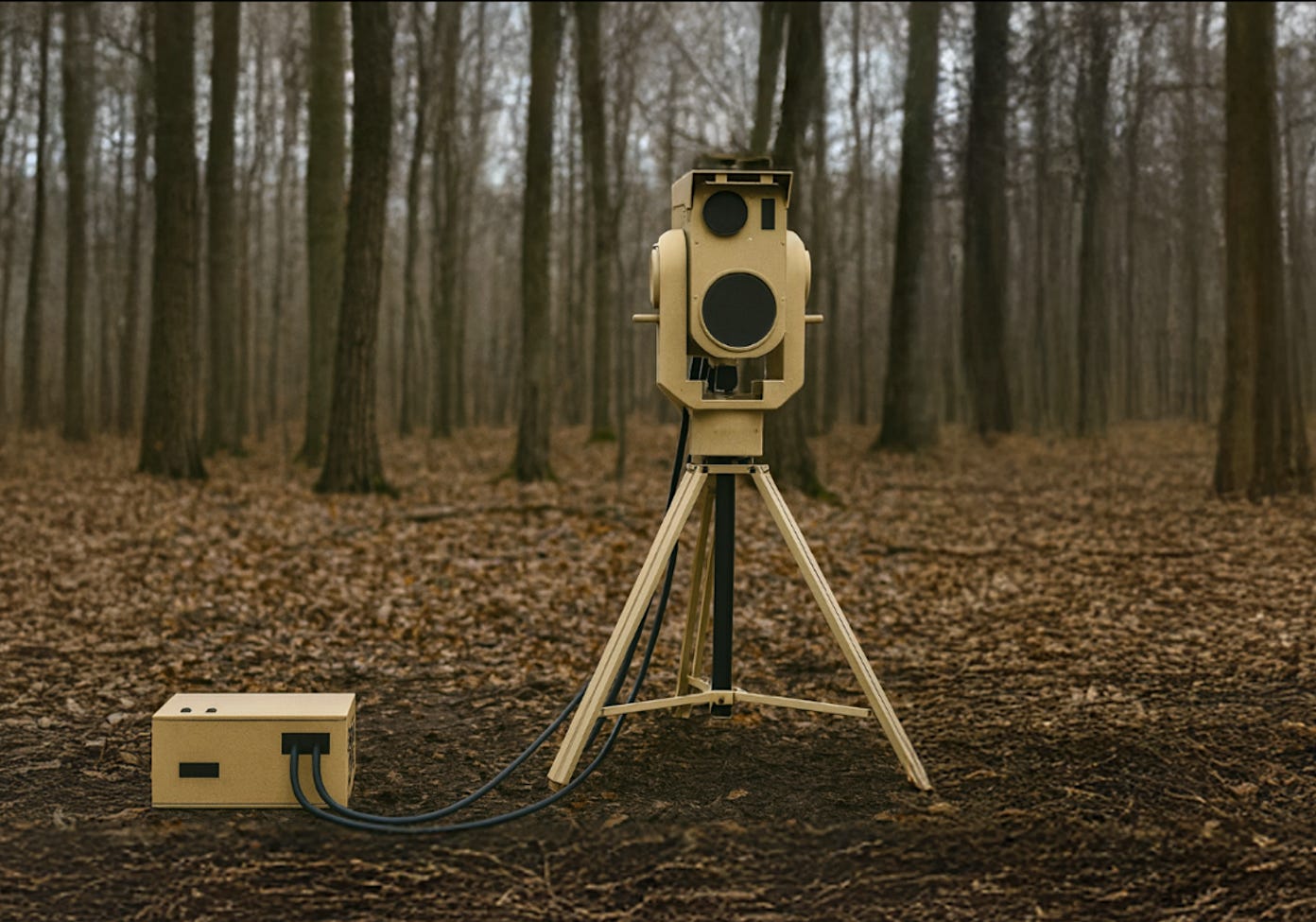The Case for Ultrashort Pulse Laser Weapons
Applied Energetics CEO Chris Donaghey talks directed energy, drone warfare, and weaponizing the lightning bolt.
Welcome to In Focus, an occasional interview series with subject matter experts in the directed energy space.
Chris Donaghey is the CEO of Applied Energetics, an Arizona-based defense contractor specializing in ultrashort pulse laser weapons — systems that releases a hig…
Keep reading with a 7-day free trial
Subscribe to Laser Wars to keep reading this post and get 7 days of free access to the full post archives.



